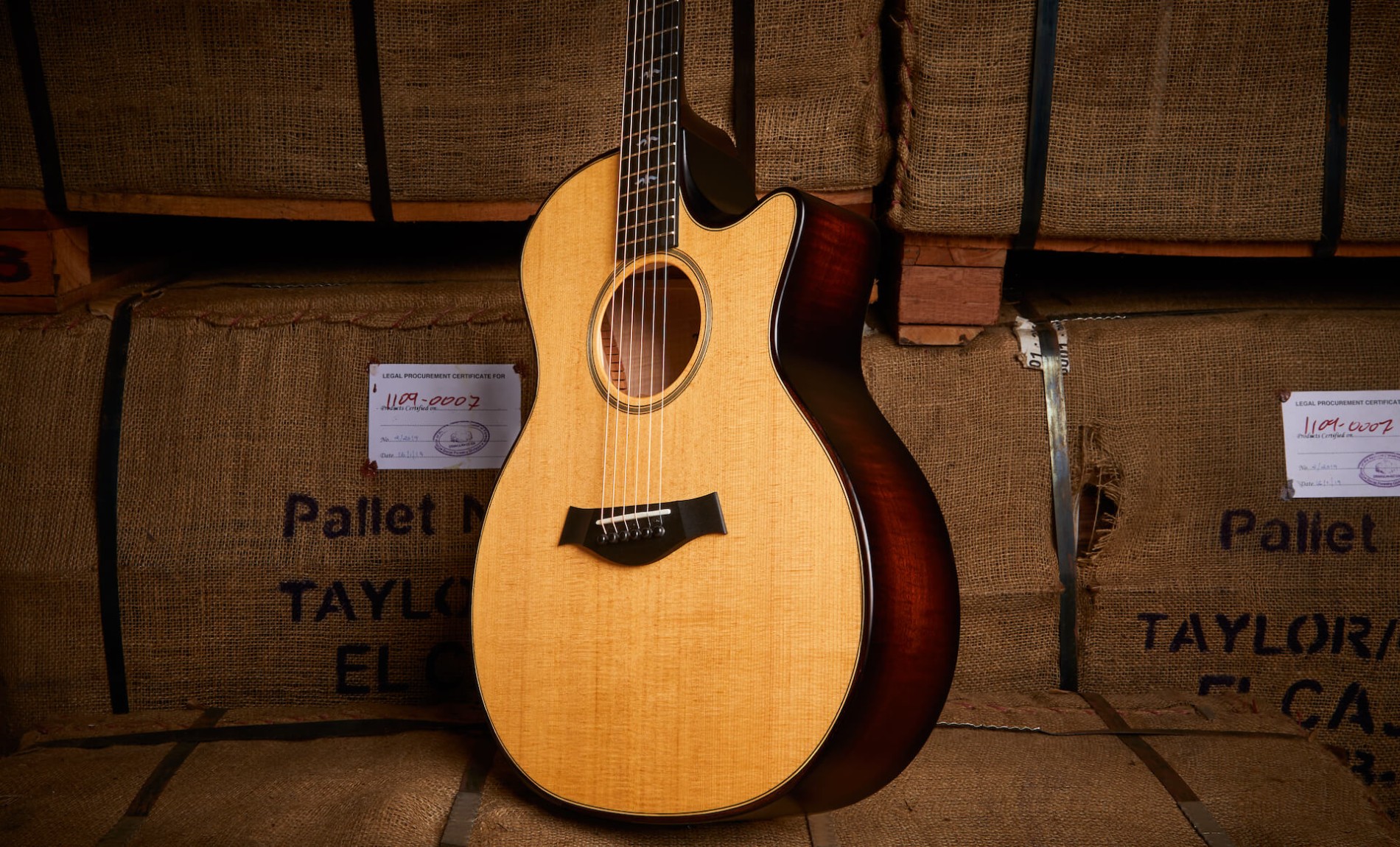
What is a certificate of origin?
A certificate of origin is a document issued by an exporter, seller or producer that confirms and certifies the country of origin (country of manufacture) of the products.
Are there different types of certificates of origins?
• Preferential: Certifies that goods are subject to reduced tariffs or exemptions when they are exported / imported to countries extending these privileges. These types of certificates are associated with various free trade agreements.
• Non-Preferential: Certifies the country of origin of the goods which are not subject to any preferential treatment.
Why is country of origin important?
The country of origin (country of manufacture) is used in various ways in international trade. Duty rates, preferential trade agreements, trade sanctions, import quotas and statistical reporting.
What are Rules of Origin (RoO) and what are the general criteria applied for arriving at the RoO?
Rules of Origin (RoO) are the criterion required to determine the country of origin of a product for the purposes of international trade. Different criteria are applied depending on the various free trade agreements. The most widely used conditions are:
(i) Substantial transformation of input products;
(ii) Change in tariff classification;
(iii) Specific manufacturing or processing involved;
(iv) Extent of manufacturing or processing carried out in the exporting country.
How long do I have to keep documents pertaining to my certification(s)?
Plan to save all documentation used to prepare the certification for at least five years from the date of signature.
What is a Harmonized Tariff Code?
The Harmonized System comprises about 5,000 commodity groups. Goods are classified under a 10 digit code, arranged in a legal and logical structure and supported by well-defined rules to achieve uniform classification. It is required upon export to determine duty rates upon import.
Important Reminders
• Certificates should not be provided just because someone asks. You should only provide a preferential certificate if the product meets the FTA requirements. The product must be evaluated and qualified for each FTA according to its specific rules of origin.
• Prior to completing a free trade agreement certification, it is important to examine the rules of origin to determine if your product(s) qualify.
• By signing a certificate of origin (preferential or non-preferential) you are certifying that either your product meets all the criteria/rules of that free trade agreement and qualifies for preferential duty upon import or is made in the country of origin listed.






















